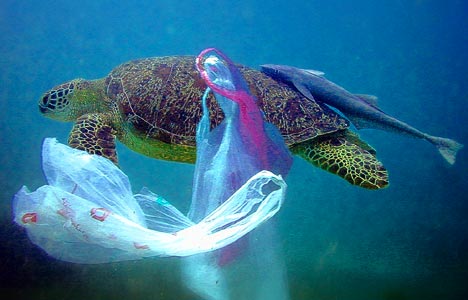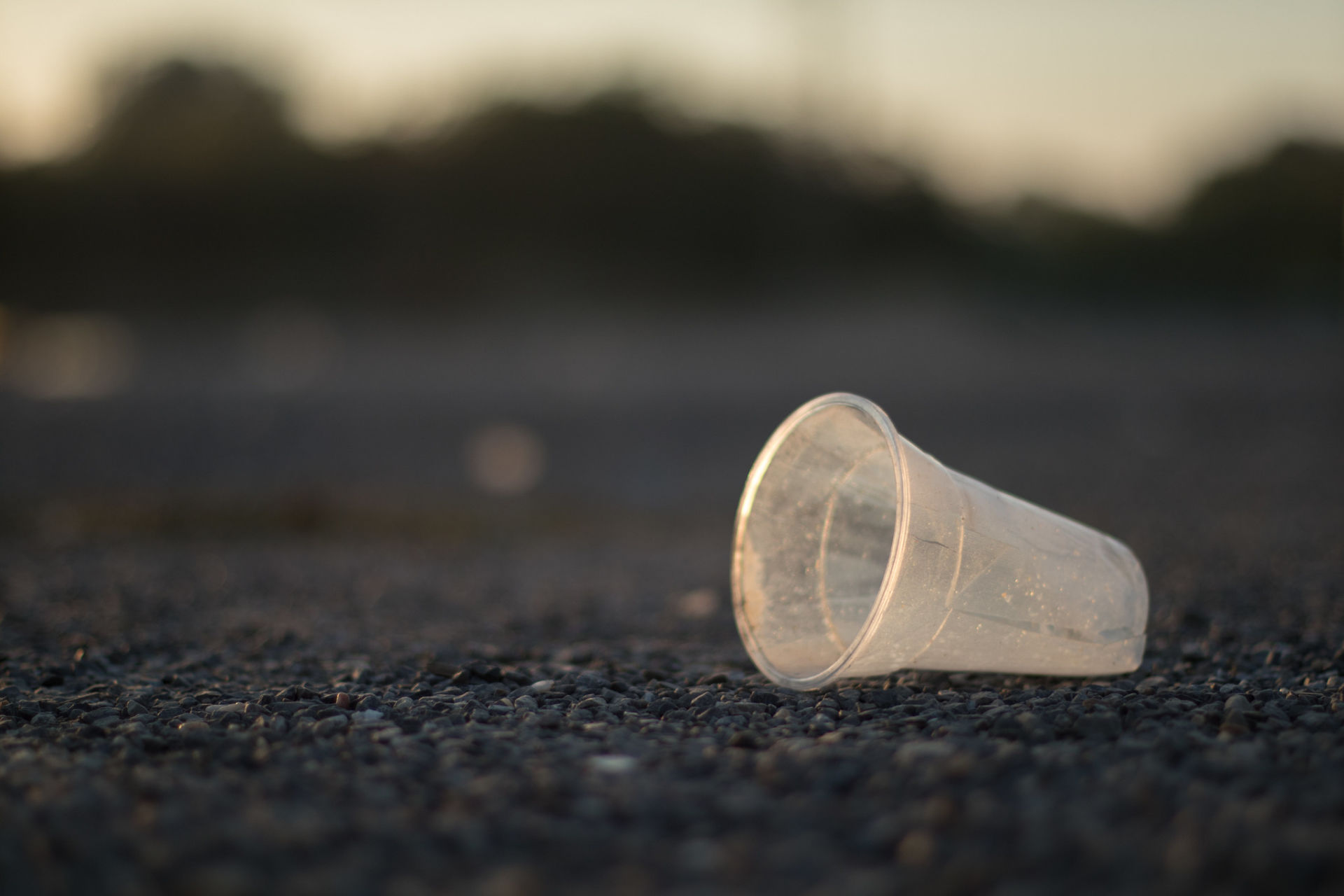On May 12, 2021, Canada declared plastics toxic. According to Environmental Defence, a leading Canadian environmental advocacy organization, something that is toxic has “long-term harmful effect on the environment; danger to the environment on which life depends; or danger to human life or health.”
But what does the toxic label now mean for the future of plastics in Canada? Well, it “paves the way for a proposed ban on some single-use items.” However, nothing can actually happen unless plastic falls under Schedule 1 of the Canadian Environmental Protection Act (CEPA). If plastic falls under CEPA’s schedule 1, the government has to act and can ban six single-use plastic items, including straws and six-pack rings. It can also create incentives for companies to use recycled plastic, and force plastic producers to pay for recycling. Right now, “about 3.3 million tonnes of plastic is discarded in Canada each year, and less than 10% — about 305,000 tonnes — is recycled.” According to a 2019 study commissioned by Environment and Climate Change Canada (ECCC), the rest is either incinerated or ends up in landfills or rivers, lakes and oceans. As a result, the plastics “harm the environment, choking seabirds, cetaceans and other wildlife.”

When it comes to the less than 10% that is recycled, Environmental Defence writes that this mode of recycling was “originally created by the plastics industry as a way to greenwash its activities. Back in 1974, an industry insider admitted that recycling was never going to be economically viable — and that continues to be true today.” Plastics industry groups are fighting against the May 12 decision, arguing for “better recycling access and stronger technology around mechanical and chemical, or advanced, recycling.”
“By making plastics completely recyclable and transforming waste into new plastic items and other products, we can help Canada realize its goal of zero plastic waste,” said Elena Mantagaris, vice president of CIAC’s plastics division.” Yet, even if recycling really was advanced enough to result in zero plastic waste, there would still be little demand for it from plastics manufacturing companies.
The ban of single-use plastic items in Canada may be something other countries around the world can observe, implement, and/or improve upon.
So what is the solution? One answer could be to “produce less plastic overall and to commit to reusing the plastic we do use over and over again.” With a growing global incentive for a zero-waste world, Canada, which generates most waste per capita globally, is a good place to see if proposing a ban on some single-use plastic items can have positive, long-lasting impact.
If the proposed ban goes through, the rest of the world will be able to analyze its impact: Will it make Canada less wasteful? Will the fear-mongering tactics by the plastics industries, such as claims that other toxic items will take the place of plastics, be proven right or wrong? Finally, what effects will it have on the economy? The ban of single-use plastic items in Canada may be something other countries around the world can observe, implement, and/or improve upon.
Editor’s Note: The opinions expressed here by Impakter.com columnists are their own, not those of Impakter.com — In the Featured Image: A plastic cup on the ground. Featured Photo Credit: Ivan Radic.









